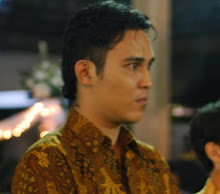The Western diagnosis and treatment for this condition are both invasive. A laparoscopy is performed to diagnose the condition; this is when a lighted optical tube is inserted through a small incision in the navel. Western treatments for endometriosis include surgery and drug therapy.
A non-invasive, more soothing approach to diminishing endometriosis is found in traditional Chinese medicine. Acupuncture, massage, and herbal therapy have all been linked with success regarding this condition. The TCM treatment for endometriosis attempts to increase circulation by smoothing the channel, or pathway, that supplies blood to the body.
A common method for this is the use of Chinese herbs such as pangolin scales, cinnamon twigs, fennel seed, and lindera, which have blood or qi regulating properties. Acupuncture can also be used to treat endometriosis. This can help to both relieve any painful symptoms of the condition as well as to help balance the body's hormones. Oriental medicine is often thought to be more effective and more comfortable a treatment for endometriosis than the alternative Western courses of action, and should be considered a powerful aid for women suffering from any of these unfortunate symptoms.
For more information on increased CAM services in hospitals, please contact Pacific College of Oriental Medicine at (800) 729-0941, or visit www.PacificCollege.edu

Tidak ada komentar:
Posting Komentar